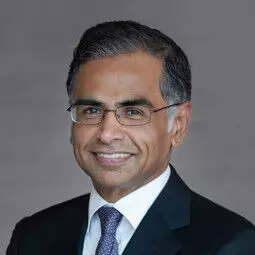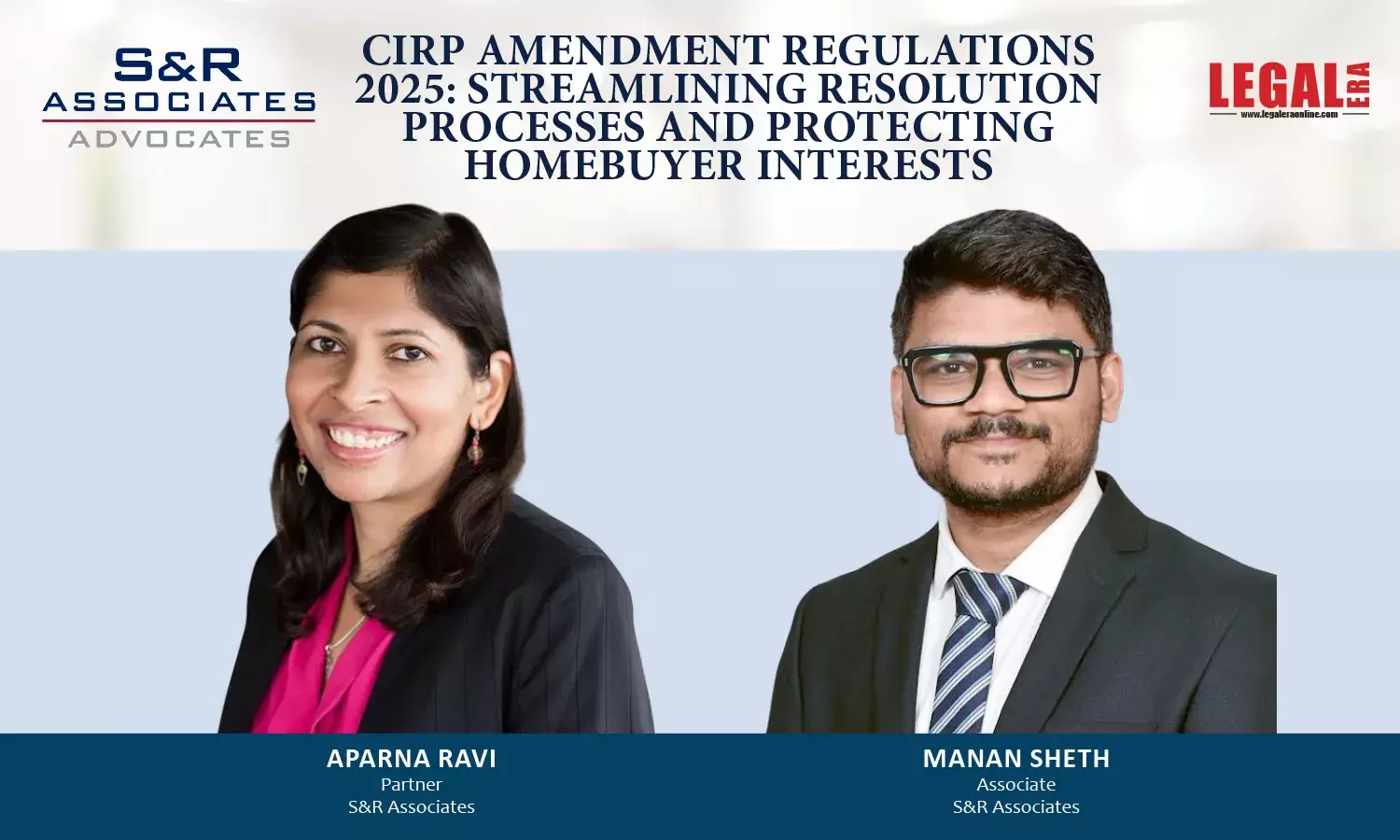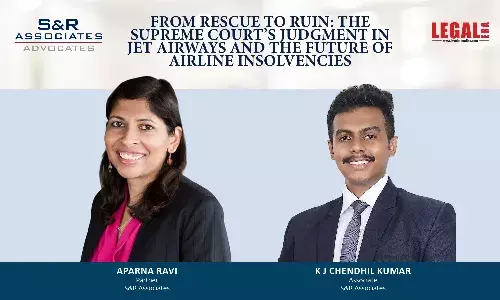The Videocon Insolvency Resolution Process: Is Reading Between the Lines Warranted?

The Videocon Insolvency Resolution Process: Is Reading Between the Lines Warranted? The suggestion implicit in both of the NCLT's points is that there may have been some impropriety in the insolvency resolution process and a higher value could perhaps have been derived but for such impropriety By an order dated July 19, 2021, the National Company Law Appellate Tribunal (the "NCLAT")...
The Videocon Insolvency Resolution Process: Is Reading Between the Lines Warranted?
The suggestion implicit in both of the NCLT's points is that there may have been some impropriety in the insolvency resolution process and a higher value could perhaps have been derived but for such impropriety
By an order dated July 19, 2021, the National Company Law Appellate Tribunal (the "NCLAT") stayed the operation of the order of the National Company Law Tribunal (the "NCLT") which had approved a resolution plan in relation to the Videocon group. It has been reported that Twin Star Technologies ("Twin Star"), the successful resolution applicant, is considering an appeal against the NCLAT's stay order to the Supreme Court.
In staying the operation of the NCLT's order approving a resolution plan proposed by Twin Star, the NCLAT appears to have been influenced by the observations of the NCLT on two points, a substantial haircut and a breach of confidentiality.
Apart from these two points, this note considers a possible shortcoming in the NCLT order in relation to treatment of dissenting creditors.
IS READING BETWEEN THE LINES WARRANTED?
The Haircut
The NCLT notes that the admitted claims in the matter for INR 64,838 crores far exceeded the amount offered in the resolution plan proposed by Twin Star of INR 2,962 crores. The resolution plan therefore provided for payment of 4.15% of the total outstanding claim amount – a 'haircut' of 95.85%.
A breach of confidentiality?
The NCLT further notes that the amount offered by Twin Star in the resolution plan is only marginally above the liquidation value of the stressed asset (estimated at INR 2,568 crores). Based on this, the NCLT while approving Twin Star's plan expressed a doubt whether the confidentiality clause had been breached, i.e., a question was raised whether the calculation of liquidation value prepared for the benefit of the committee of creditors had become available to bidders before bids were submitted? The NCLT in its order approving Twin Star's resolution plan asked the Insolvency and Bankruptcy Board of India to examine this issue and to consider whether further safeguards are needed to ensure confidentiality. Newspaper reports indicate that pursuant to the NCLT's order, the Government has directed the Serious Fraud Investigation Office to conduct a probe.
The suggestion implicit in both of the NCLT's points is that there may have been some impropriety in the insolvency resolution process and a higher value could perhaps have been derived but for such impropriety.
There does not appear to be any material on record to substantiate such a suggestion. On the contrary, it is a matter of record that 11 applicants submitted resolution plans for the Videocon group. Of these, the resolution professional found two of the plans to be compliant with the requirements of the Insolvency and Bankruptcy Code (the "IBC"). The plan submitted by Twin Star was approved by the committee of creditors by a vote of over 95%. Indeed the NCLT itself finally approved Twin Star's resolution plan, although with the above observations.
It is telling that a public process was run over several years, and multiple resolution plans were submitted. It is also telling that none of the unsuccessful resolution applicants appear to have challenged the approval of Twin Star's resolution plan. While the large haircut has been referred to and has formed the basis for alluding to impropriety in the resolution process, the question is whether there is any substantive basis for such a conclusion.
Possible reasons for the large haircut in this matter include that we are dealing with a relatively new law which is in the fifth year of its operation, the matter involved a situation regarding insolvency of group companies not originally contemplated in the IBC, and there has been an intervening global pandemic which has materially affected all processes and timelines. It should therefore not be surprising that the value of the stressed asset has substantially depreciated in the meanwhile.
While this matter and the NCLT and NCLAT orders do not appear to provide cause to question the IBC process itself or even to halt the implementation of Twin Star's resolution plan, there is perhaps one point which requires further consideration.
A SHORTCOMING IN THE NCLT ORDER – TREATMENT OF DISSENTING CREDITORS
The NCLT order was appealed to the NCLAT by two dissenting banks (Bank of Maharashtra and IFCI). One of their grievances is that the Twin Star resolution plan provides for payment to them in a staggered manner which according to them is contrary to the mandate of the IBC. The Supreme Court has opined in the J.P. Kensington Boulevard matter that dissenting financial creditors need to be paid in cash upfront – Twin Star's resolution plan provided for a staggered payment to all financial creditors (including dissenting financial creditors) with a portion of the payment in cash up front and the remaining in the form of non-convertible debentures. The NCLT in its order approved Twin Star's resolution plan with "an observation and direction to the CoC to make payments as per liquidation value to all the dissenting financial creditors in cash up front before any payment is made to assenting financial creditors…"
In view of the JP Kensington judgement, perhaps the better course for the NCLT would have been to send the resolution plan back to the committee of creditors for appropriate revisions to provide for an upfront payment to dissenting financial creditors.
Other than the point regarding treatment of dissenting financial creditors, based on the NCLT and NCLAT orders, there does not appear to be any tenable basis to question Twin Star's resolution plan and the decision of the committee of creditors.
CONCLUSION
While a constructive debate on areas of improvement in the IBC framework is helpful, and while a faster IBC process with appropriate checks and balances will assist in reducing the level of haircuts arising from resolution of stressed assets, it is important to acknowledge there are other factors at play beyond the IBC process which have a material bearing on the level of haircuts – these include, among others, the stage at which a company is admitted to the insolvency resolution framework under the IBC, the sector in which it operates, the level of interest from prospective acquirers and overall market conditions at the relevant time.




